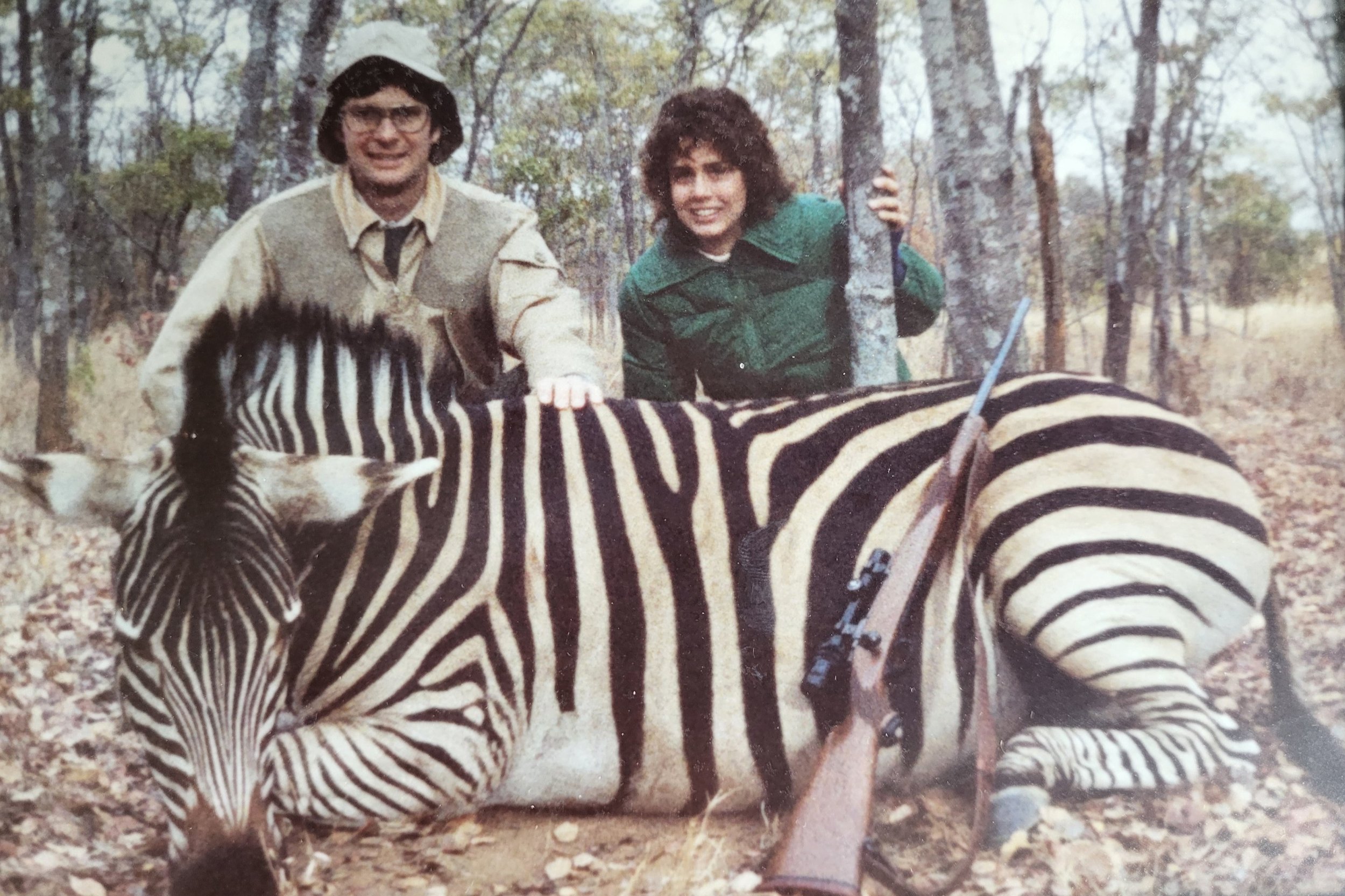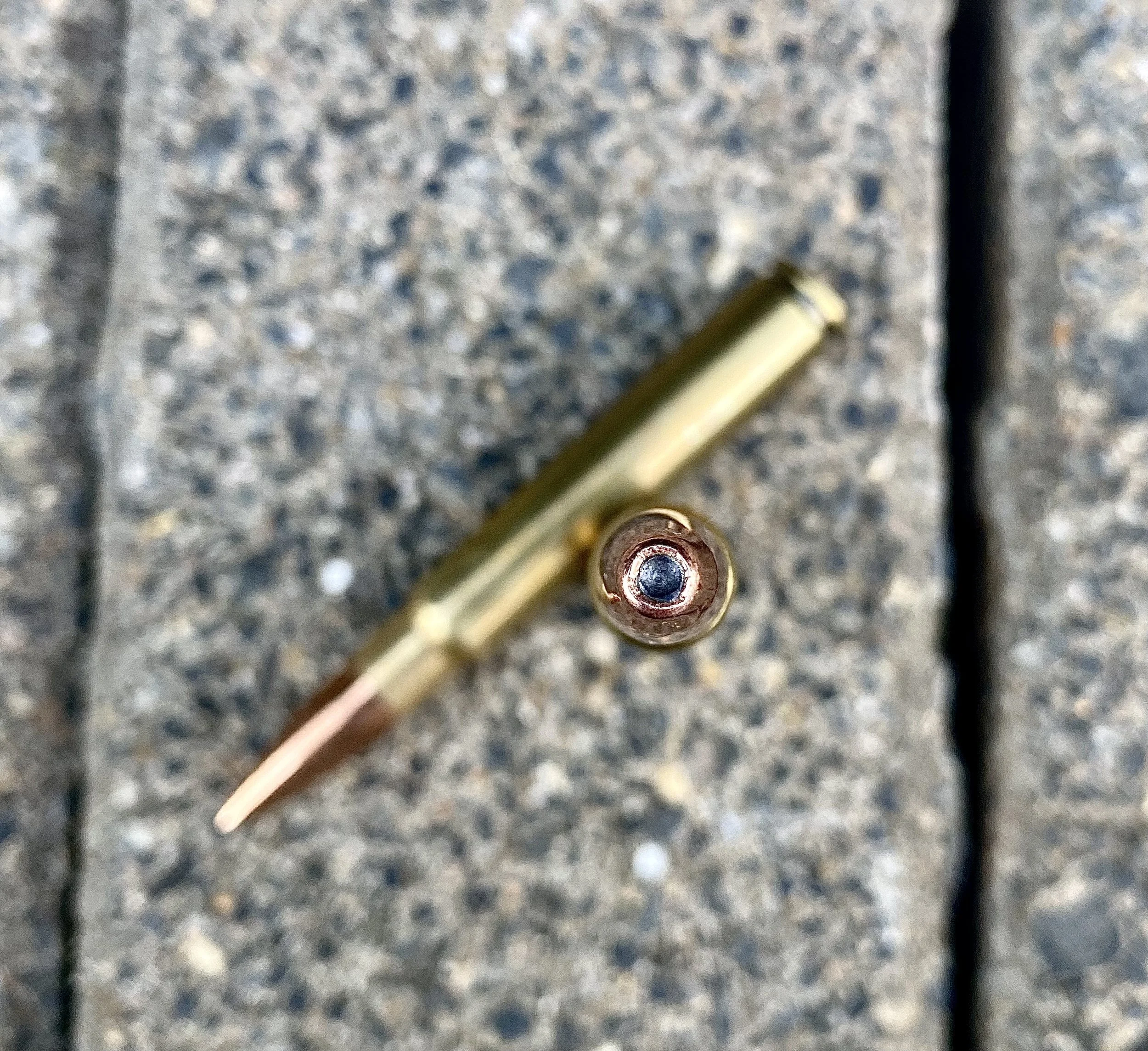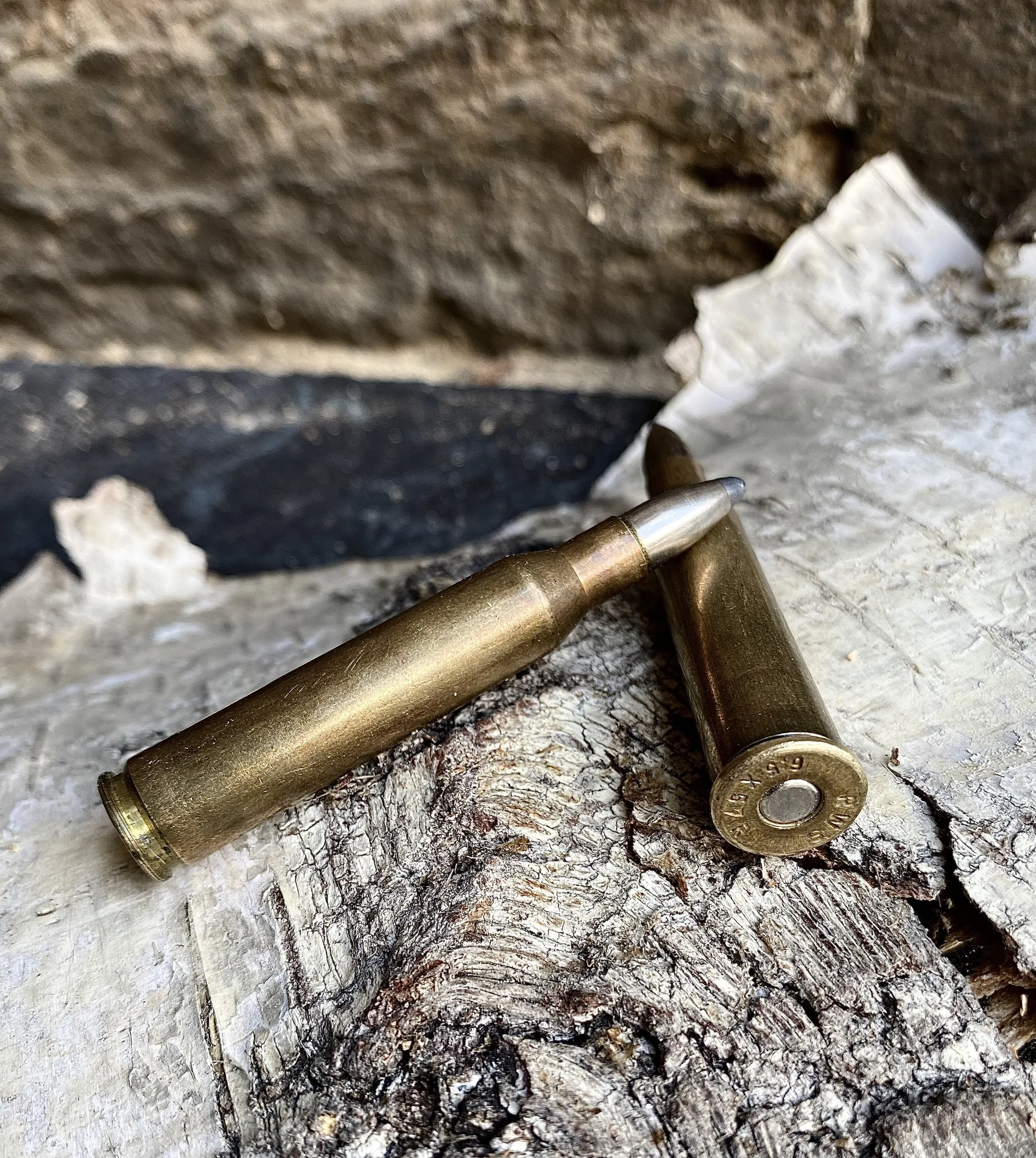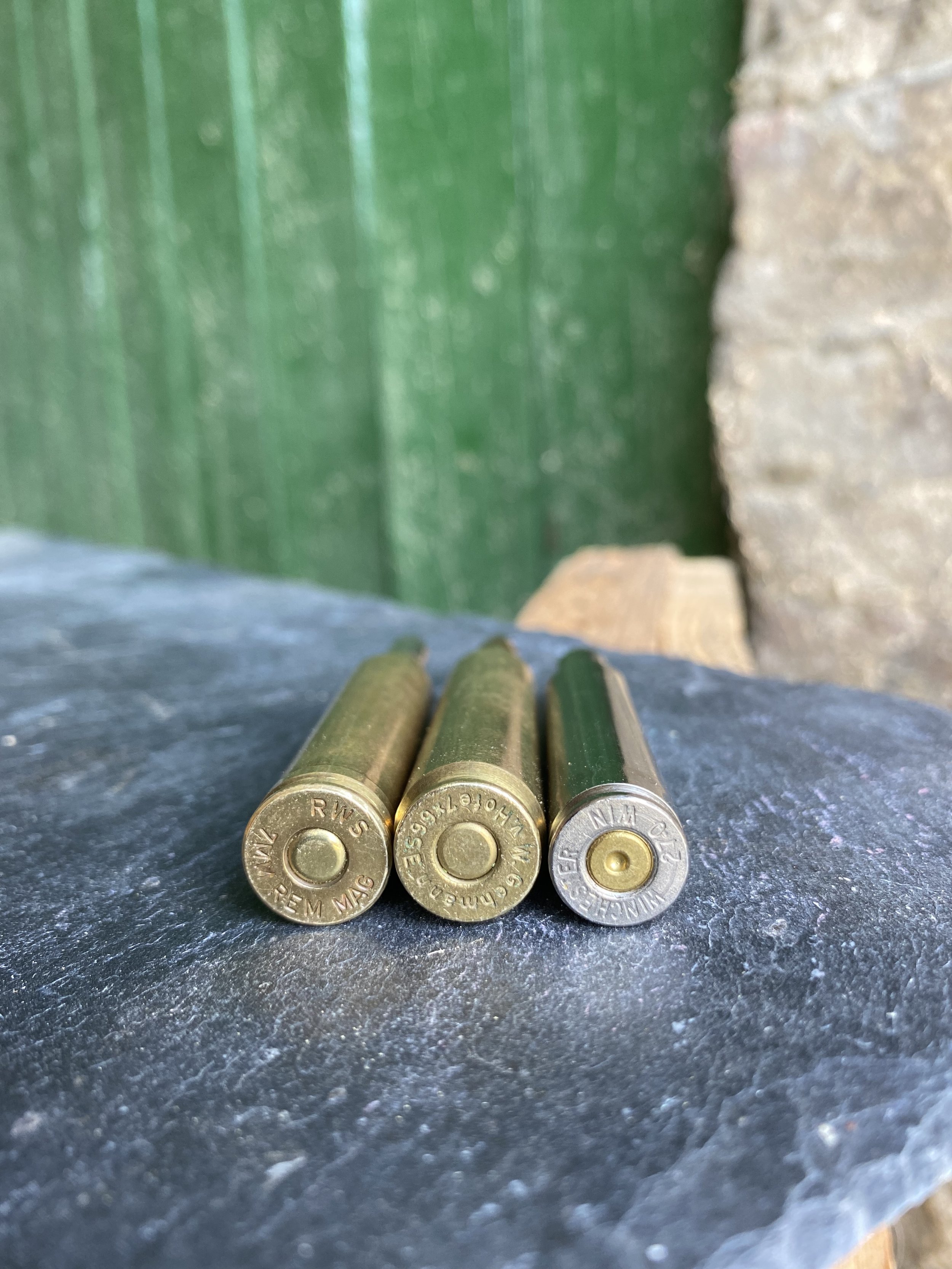Eider Hunting is Different
Linda Powell and Dave Zumbaugh await a flight of eiders on a rocky island off the coast of Maine.
Eider hunting is similar to mallard hunting — only different.
With both species you set out decoys, hide and wait for shots. There the similarities end. You set up in salt water bays for eiders and don’t call to them. They don’t circle, bank, drop, rise or gradually work closer. They fly low and fast and you get them on the first pass or hope for more. And you’d better hit them solidly with a big dose of large pellets. We threw 3-inch, Federal Black Cloud Steel #2 loads through Mossberg Model 930 Pro Series Waterfowl 12 gauges to drop 10 birds. We never lost one, thanks to Eider the yellow lab and two of our hosts, Wally Martin and Ron Spencer, who chased down cripples beyond the reach of the dog.
Eider holds a common eider.
The hunt began in the dark as four life-long Maine waterfowls and active DU conservationists motored us five miles to a rocky island in a narrow bay. By the dim glow of the eastern sky they stretched three lines of a dozen eider decoys about 35 yards out from shore. Friends Linda Powell, Dave Zumbaugh, Andrew McKean and I nestled into rocky nooks and crannies to await the flights.
They were few and far between, but enough singles and pairs passed to give everyone a good taste of eider hunting. Nary an eider banked or pitched in like eager mallards, but they obviously responded to the decoys, flying close enough for easy hits. We missed plenty anyway.
A brown common eider hen leads two black and white drakes across the chopy waters of Penobscot Bay, Maine.
It should be easy to hit a 6-pound duck flying low and straight, but they flap along at a steady 35 to 45 miles per hour. And sometimes “they” turn out to be loons, which you sure as heck don’t want to shoot, so you hesitate a bit, and he who hesitates…
Ours was supposed to be a three morning shoot, but big winds wiped out the last two. I burned much of my shooting opportunities behind the camera, yet was still able to drop a pair of white and black males.
Three drake eiders fell to the Mossberg Model 930 autoloading 12 gauge Pro Series Waterfowl gun and Federal Black Cloud steel #2 loads.
That evening Dave and I seasoned several eider breasts with garlic salt and pepper and grilled them rare to medium rare. They were tender and surprisingly tasty with a hint of the salty bay, much like steamed mussels.
Much as I enjoyed this hunt, I enjoyed even more a couple of photographic sessions with a feeding flock of some 600 birds. Details on that and the interesting natural history of these wild sea ducks in our next blog.
# # #
















